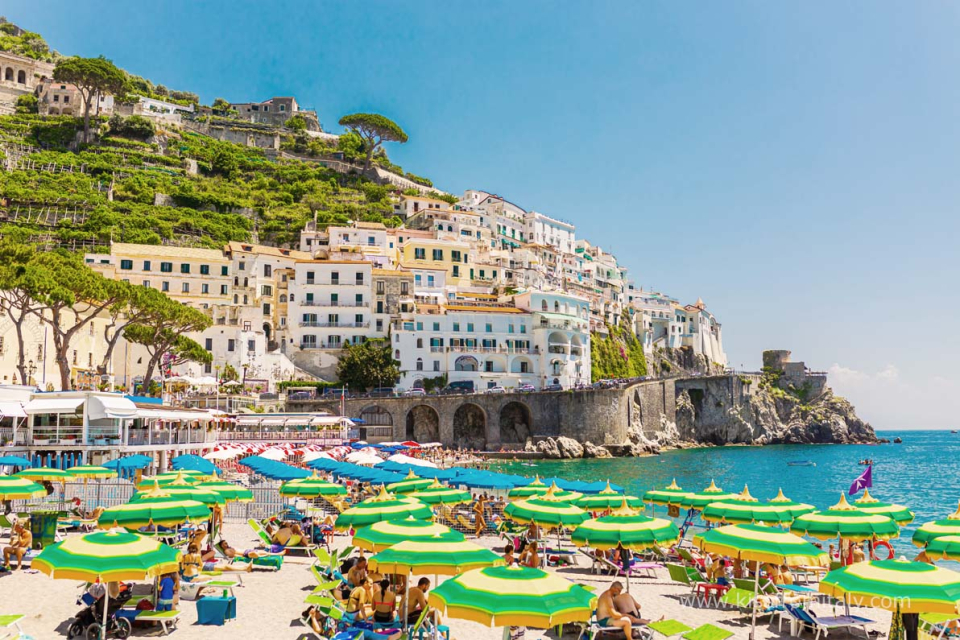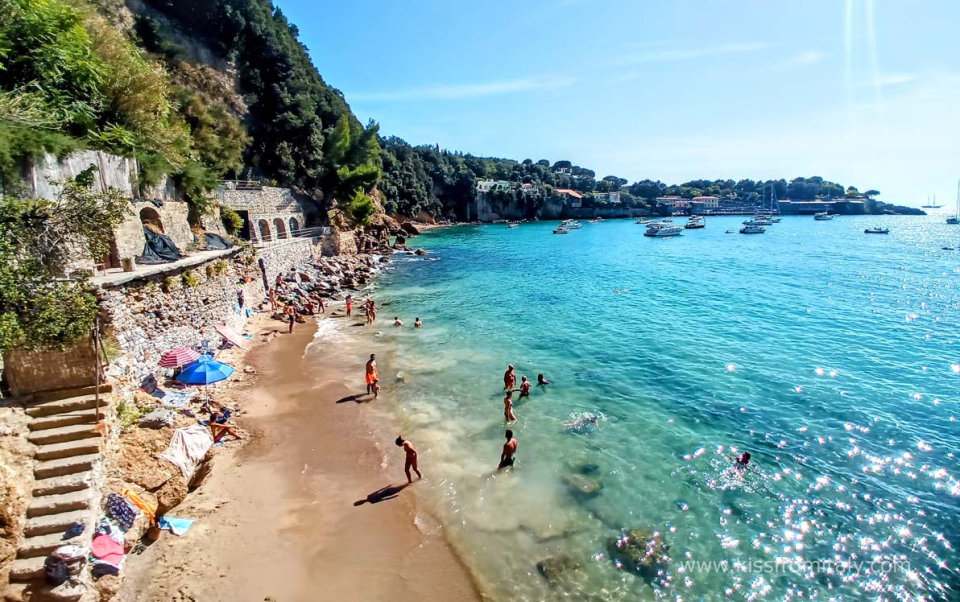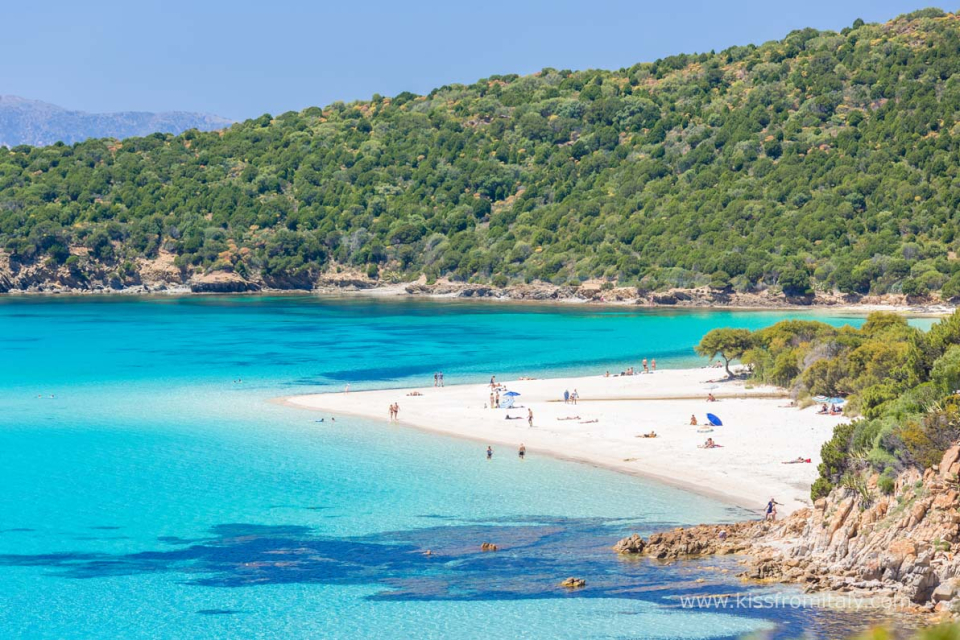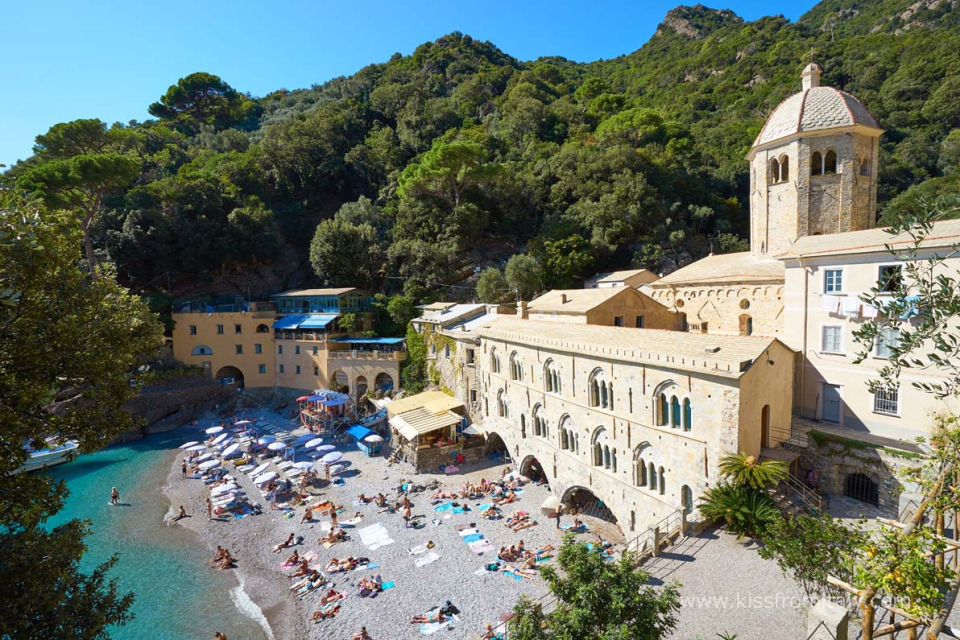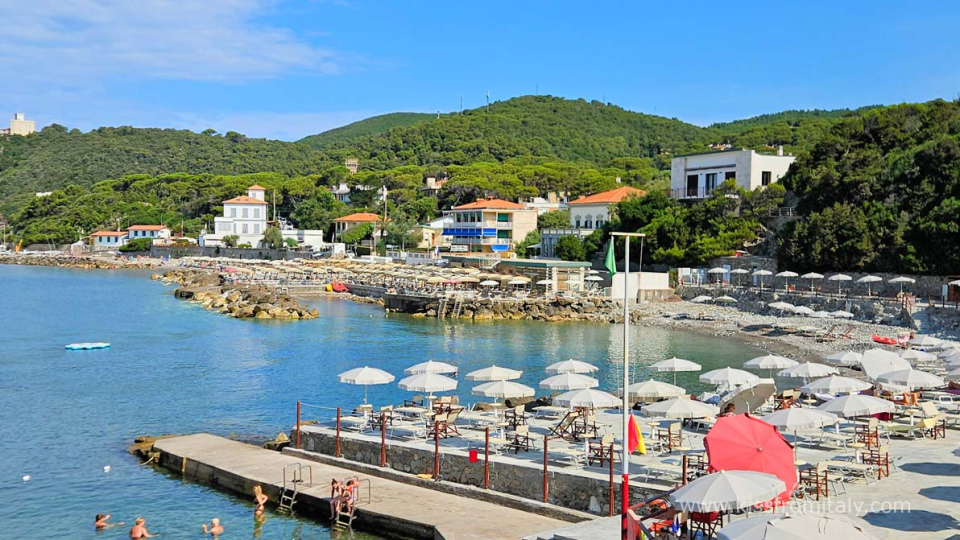
Read Our Practical Tips and Cultural Insights for a Memorable Italian Beach Holiday
Italy’s coastline is pure magic — with shimmering crystal waters, rugged cliffs, and colorful umbrellas dotting the shore. As one of Europe’s most captivating summer destinations, Italy’s beaches offer a unique blend of natural beauty, rich culture, and timeless elegance. Whether you’re lounging in Liguria’s inlets, soaking up the sun on the Amalfi Coast, relaxing on Tuscany's coastline, or exploring Sardinia transparent waters, understanding Italian beach etiquette and culture will ensure a smooth and memorable trip. Here is what you need to know:
Note: this post is about beach culture and tips in Italy, if you want to know which are the best beaches in Italy read here, best beaches in Sardinia read here.
Discover the Types of Beaches in Italy: Public vs. Private
Before you pack your beach bag, it’s important to know the different types of Italian beaches. Italy has two main categories:
Spiaggia Libera (Public Beach) - These are free, open-to-all beaches where you can lay your towel anywhere (space permitting). Arrive early to snag a spot since these beaches tend to fill up quickly, especially during July and August.
Lido a.k.a Bagno (Beach Club or Private Beach) - Equipped with amenities such as sunbeds, umbrellas, changing rooms, restrooms, and showers, beach clubs (lidi or bagni) are popular for a more comfortable experience. During peak season, it’s wise to reserve your sunbed and umbrella in advance, especially at the most renowned spots like Forte dei Marmi, Positano, San Vito Lo Capo, just to name a few.
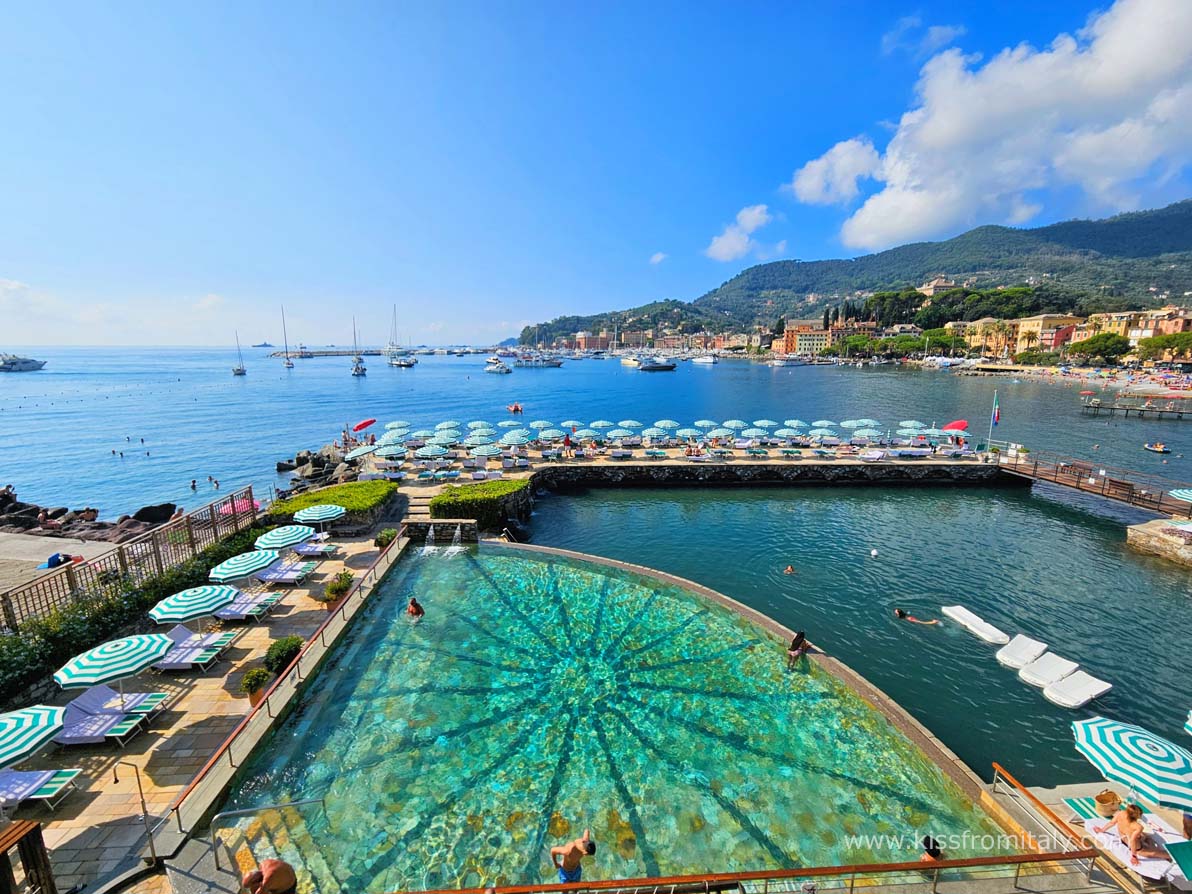
Packing Tips for the Perfect Italian Beach Day
Italy’s Mediterranean sun is fierce — high SPF sunscreen is a must! Protect your skin and head with a stylish beach cover-up. Hats are particularly useful to protect from the sun and can add a touch of class if you choose the right one. Be aware that many Italian towns now enforce dress codes outside designated beach areas.
Respect Local Laws: Certain towns like Sorrento prohibit swimwear outside beaches and pools, with fines up to €500. Maintaining modesty helps preserve the town’s historic ambiance.
Footwear: While flip-flops are comfortable, avoid wearing them on rocky trails and steep paths connecting seaside villages such as Cinque Terre. Closed-toe shoes are required for hiking, and fashionably, Italians tend to keep flip-flops and sandals reserved for the beach or spa visits.
Dress Code: To blend in with locals, cover up when leaving the beach area. Italians value presentation and class, especially in historic city centers. When seated for lunch, dinner or even drinks, you are expected to be dressed appropriately. Being bare-chested is a no-no even if the restaurant or bar is right on the beach.
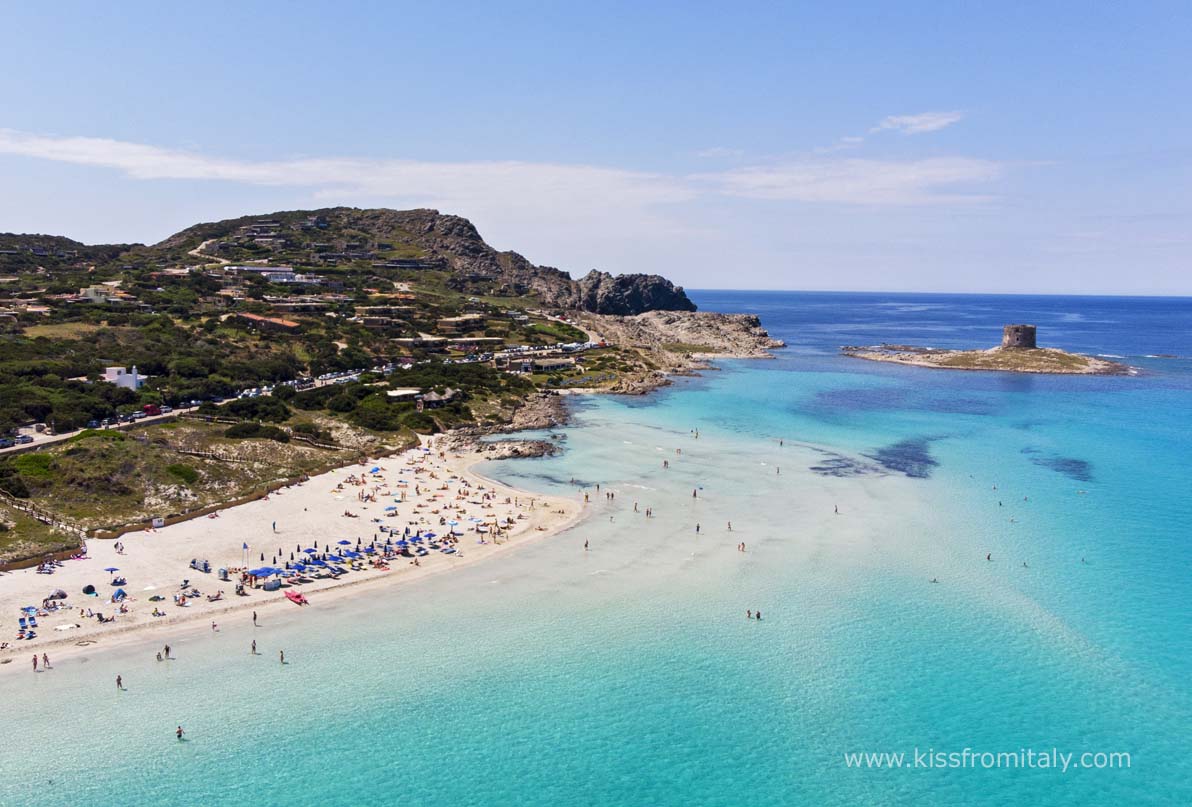
Embrace Italy’s Coastal Culture
Italy’s beach culture is vibrant and relaxed, filled with local traditions. Here is what you need to know:
Local Cuisine: Enjoy fresh seafood delicacies at beachside restaurants, where regional seafood dishes, including shellfish and grilled fish, are often caught that very morning.
Beach Rituals: Many Italians spend seasons camping out in the same spot year after year, building strong community ties. Sharing packed lunches, enjoying aperitivo at sunset, and savoring cold beers on the sand are standard summer routines
Drinking and Smoking: Alcohol is widely enjoyed on Italian beaches — aperitivo, prosecco, or a cold beer are common. Be mindful of glass restrictions, especially on public beaches. Smoking is also generally tolerated on free beaches but check local rules as some regions move toward restricting smoking on the beach
Nudity: Topless sunbathing is legal and relatively common on most beaches. Just make sure you put your top back on before heading to the bar or going into town!
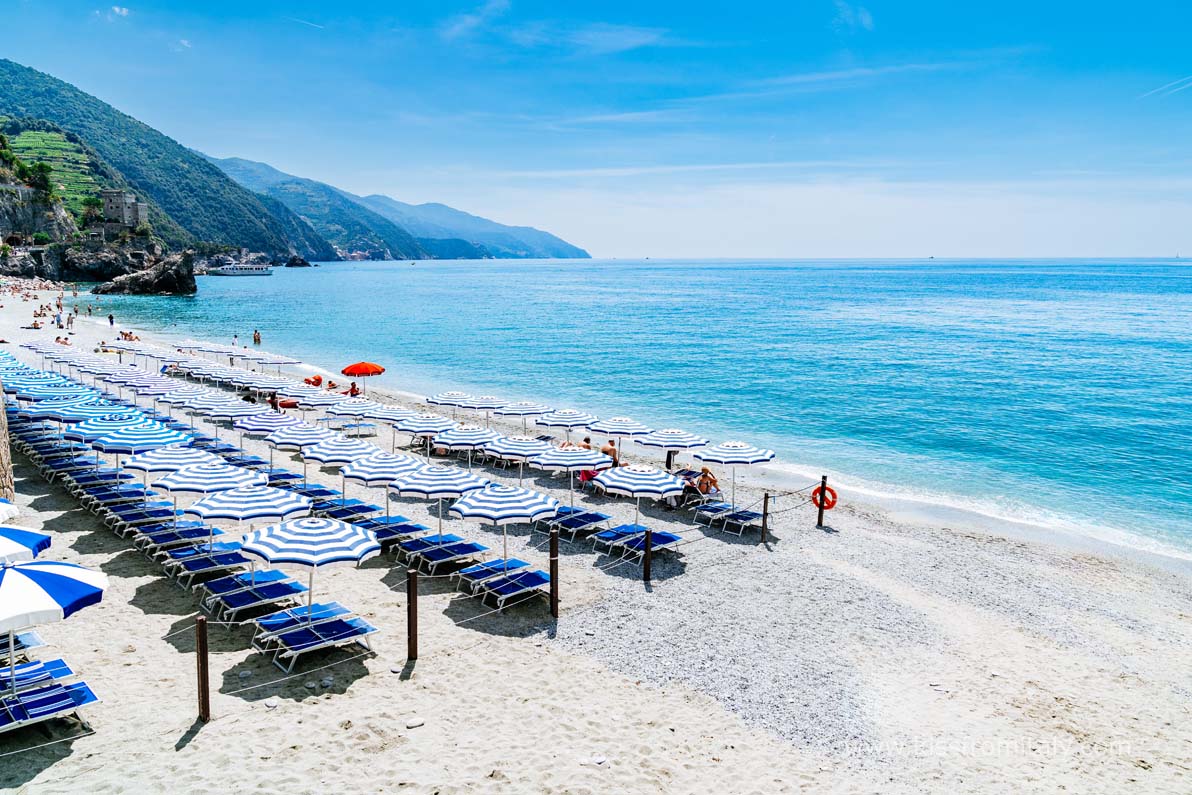
If you are planning an Italian vacation we can organize beautiful tours and experiences. Get in touch and discover more


